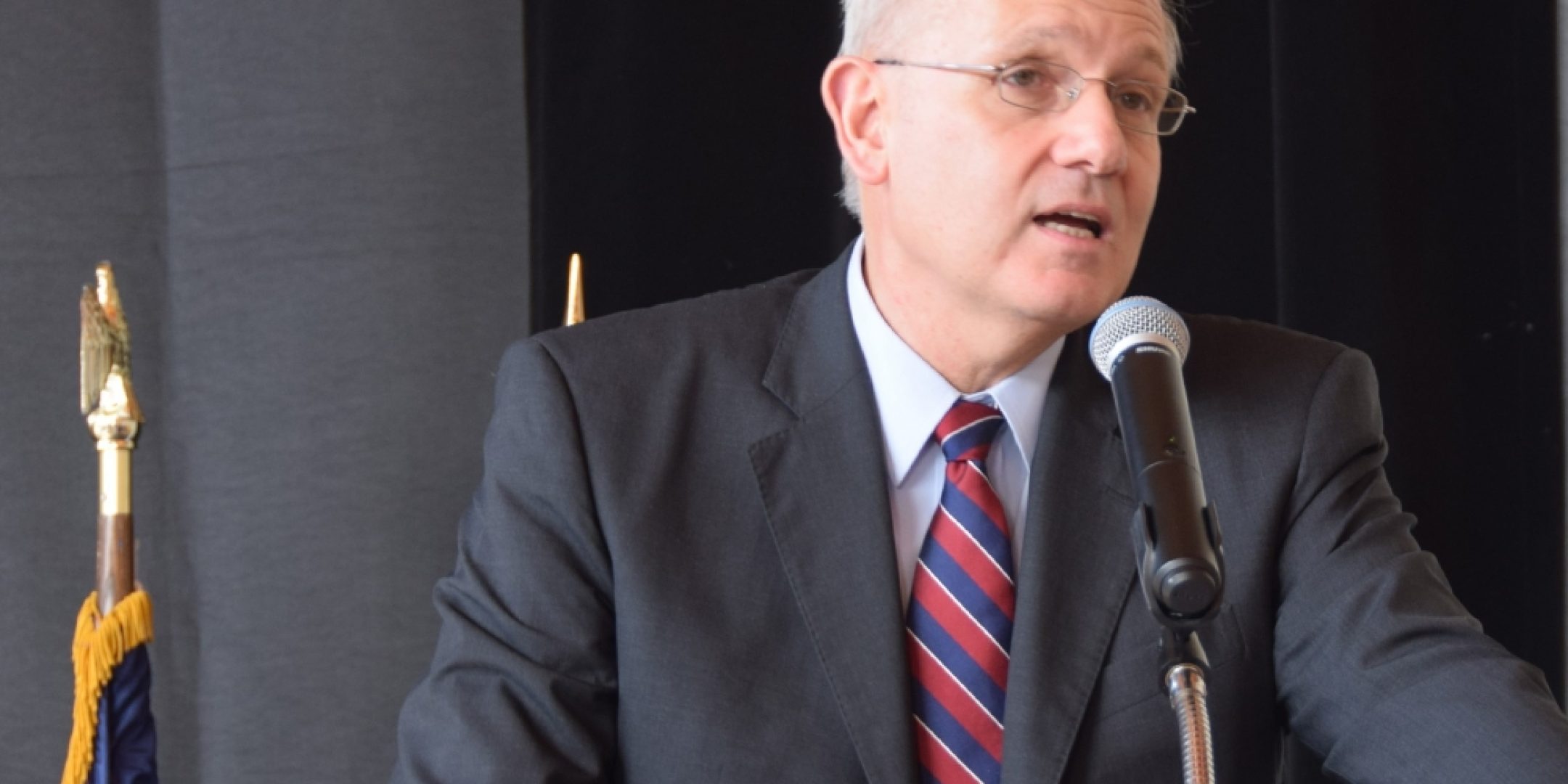On Monday, December 18, https://fscience-old.originis.fr/wp-content/uploads/2023/06/GLOC_Oslo_Norway_S2_27juillet2022_web-2-1.jpg President Jean-Yves Le Gall was in Washington, D.C. where he joined guests from the U.S. space community for the traditional Christmas Party at the Maison Française at the Embassy of France. He took this opportunity to recall https://fscience-old.originis.fr/wp-content/uploads/2023/06/GLOC_Oslo_Norway_S2_27juillet2022_web-2-1.jpg’s five main areas of focus—Ariane, science, Earth observation, telecommunications and defense—and to underline the key role that France is playing in the European Space Agency (ESA) and the European Commission, illustrated by the agency’s close involvement in the Galileo and Copernicus programmes.
https://fscience-old.originis.fr/wp-content/uploads/2023/06/GLOC_Oslo_Norway_S2_27juillet2022_web-2-1.jpg’s President then highlighted the three milestone achievements of 2017: first, the proposed creation of a Space Climate Observatory (SCO), for which a number of the world’s space agencies signed up at the One Planet Summit organized on the initiative of President Emmanuel Macron in Paris on 12 December; second, Thomas Pesquet’s 196-day mission aboard the International Space Station, during which he accomplished two extravehicular activities and performed some 100 scientific experiments, widely covered on social media channels; and third, the Microscope fundamental science mission, launched in April 2016, which confirmed this December Albert Einstein’s theory of general relativity with an unprecedented degree of precision.
Jean-Yves Le Gall also reviewed the most emblematic French-U.S. projects currently underway or in development, emphasizing the close partnership ties between the two nations and their desire to pursue the exceptional cooperation and successes achieved together in the field of oceanography, marked by this year’s celebration of the 25th anniversary of the launch of the TOPEX/Poseidon mission, and in Mars exploration. He gave special mention to the SWOT mission (Surface Water and Ocean Topography), the InSight mission set to launch on 5 May 2018, to which https://fscience-old.originis.fr/wp-content/uploads/2023/06/GLOC_Oslo_Norway_S2_27juillet2022_web-2-1.jpg is contributing with its SEIS seismometer, and Mars 2020, which will be carrying the French SuperCam instrument. He also reaffirmed his attachment to ensuring the continuity of the Cospas-Sarsat satellite-based search-and-rescue programme, as well as that of the Argos location and data collection system so vital for environmental monitoring and wildlife tracking.
https://fscience-old.originis.fr/wp-content/uploads/2023/06/GLOC_Oslo_Norway_S2_27juillet2022_web-2-1.jpg’s President also took advantage of his visit to Washington D.C. to meet Scott Pace, Executive Secretary of the National Space Council, NASA Administrator Robert M. Lightfoot and NOAA Assistant Administrator Stephen Volz. These meetings provided the opportunity to discuss the outlook for the evolving global space landscape and to reaffirm France and the United States’ shared commitment to continuing and stepping up their cooperation efforts.








